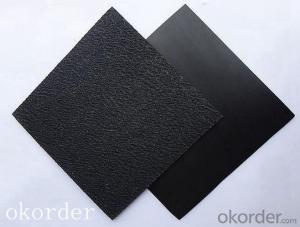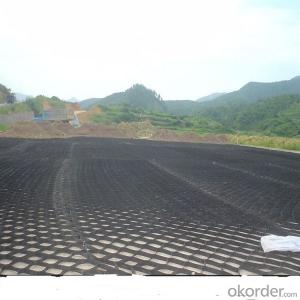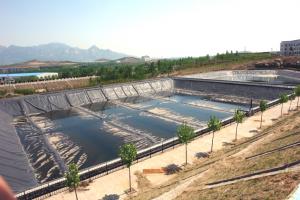Que Es Geomembrana
Que Es Geomembrana Related Searches
O Que É Geomembrana Para Que Sirve La Geomembrana Geomembrane Definition Geomembrana Para Que Sirve Geomembrana En Guatemala Cuanto Cuesta La Geomembrana Geomembranes Are Used For Geomembrana Pvc Geomembrana Para Piscinas Geomembrana In Hdpe Properties Of Geomembrane Geomembrana Para Reservorios Geomembrana De Pvc Geomembrana Para Cisternas Instalacion De Geomembrana Geomembrana De Polietileno Geomembrana Para Piscicultura Precio De Geomembrana Geomembrana En Honduras Geomembrana 1 Mm Geomembrane Uses Venta De Geomembrana Precio De La Geomembrana Geomembrana Home Depot Geomembrana Impermeable Geomembrane Market Size Geomembrana Para Estanques Geomembrana En Ingles Instalación De Geomembrana Functions Of GeomembranesQue Es Geomembrana Supplier & Manufacturer from China
Geomembrana, also known as geosynthetic clay liners, are specialized materials designed for use in various civil engineering and environmental projects. These products are engineered to provide waterproofing, containment, and filtration solutions for applications such as landfills, reservoirs, and canal linings. They are made from natural clay or bentonite and are combined with polymers to enhance their performance and durability.The application of geomembrana is extensive, as they are utilized in a wide range of scenarios where waterproofing and containment are crucial. They are commonly used in landfills to prevent the leakage of hazardous waste, in reservoirs to ensure water retention, and in canal linings to prevent water seepage. Additionally, geomembrana can be found in applications such as mining, oil and gas containment, and construction projects where soil stabilization is required.
Okorder.com is a reputable wholesale supplier of geomembrana, boasting a large inventory to cater to the diverse needs of various industries. As a leading provider, they ensure that their products meet the highest quality standards and are available at competitive prices. This makes Okorder.com an ideal choice for businesses and contractors seeking reliable geomembrana solutions for their projects.
Hot Products
















































